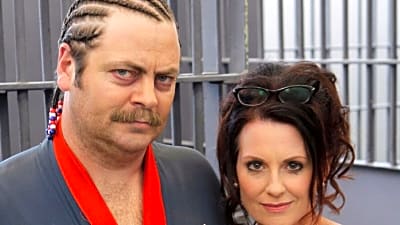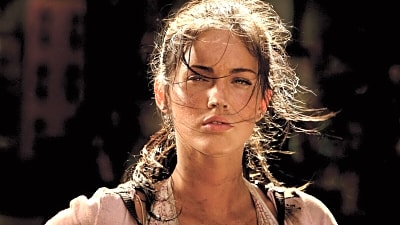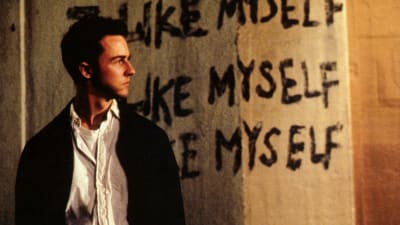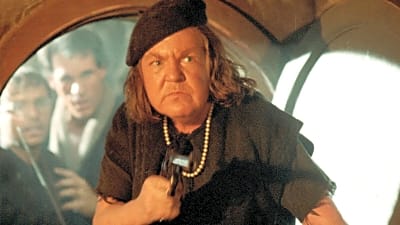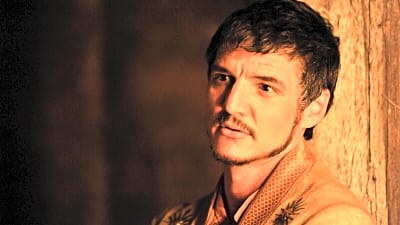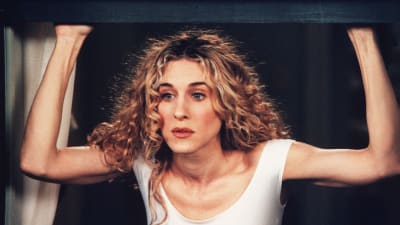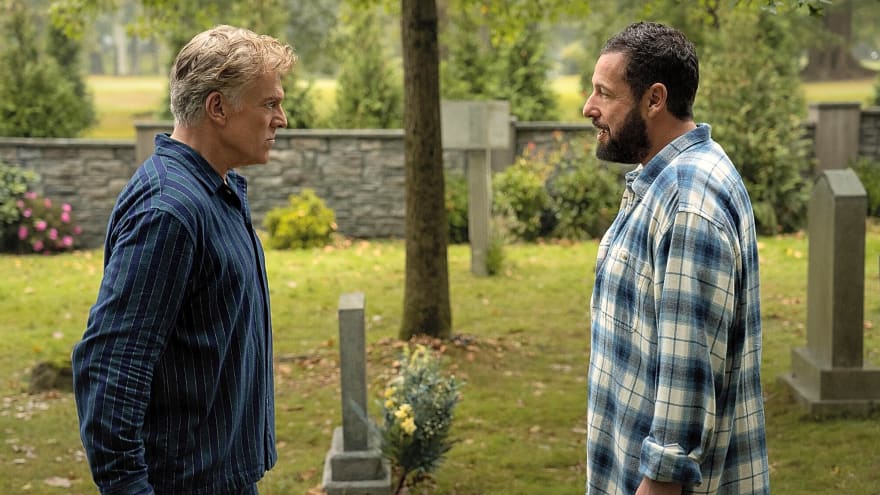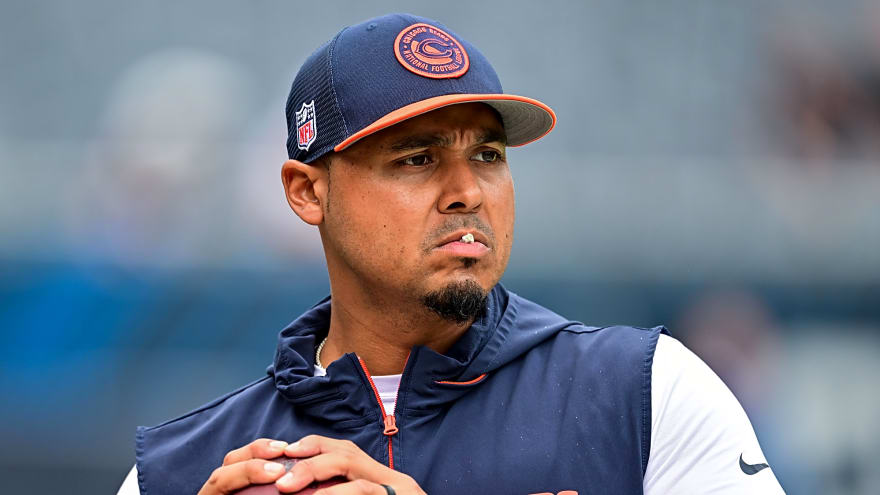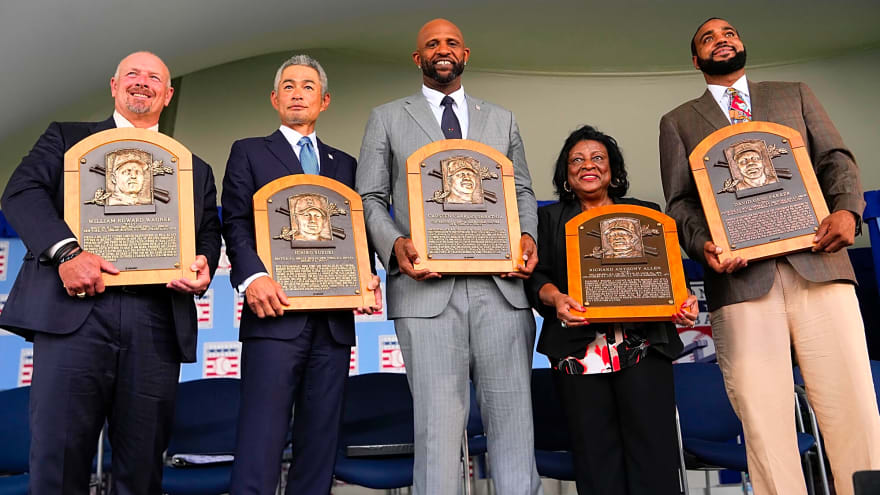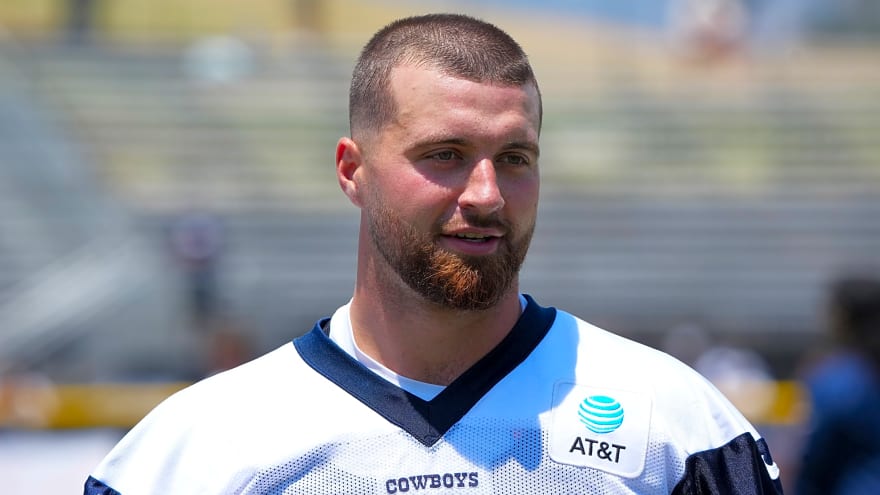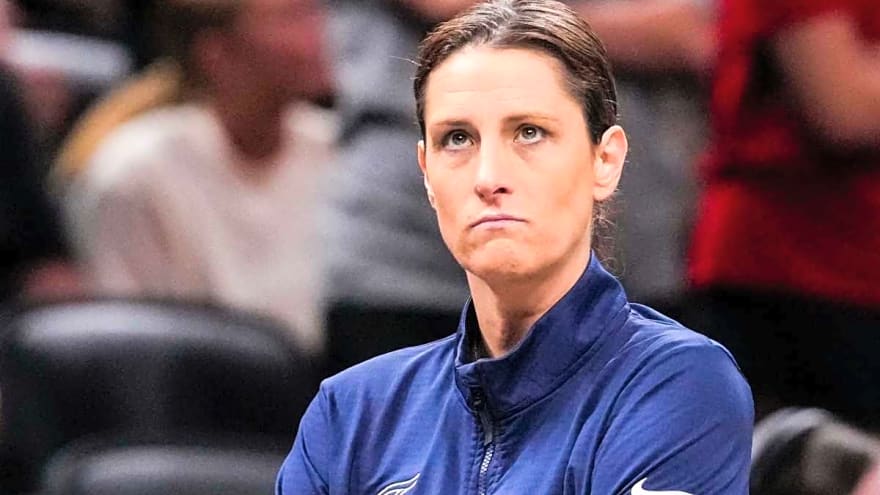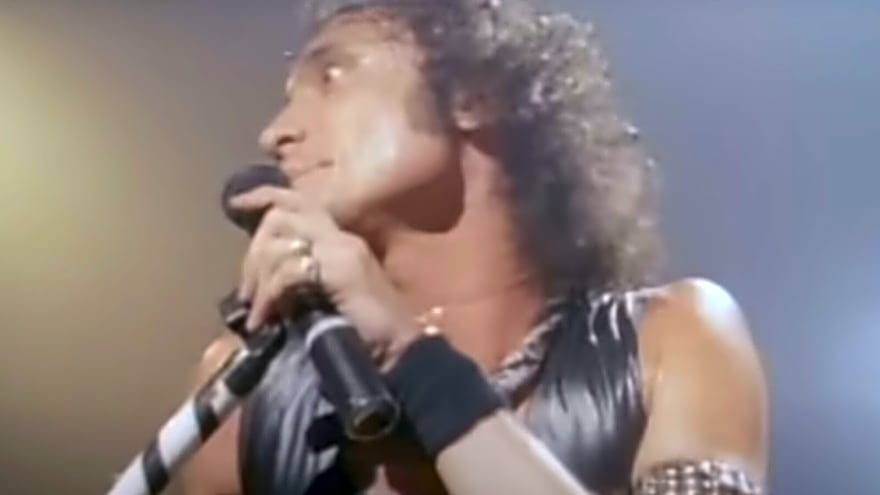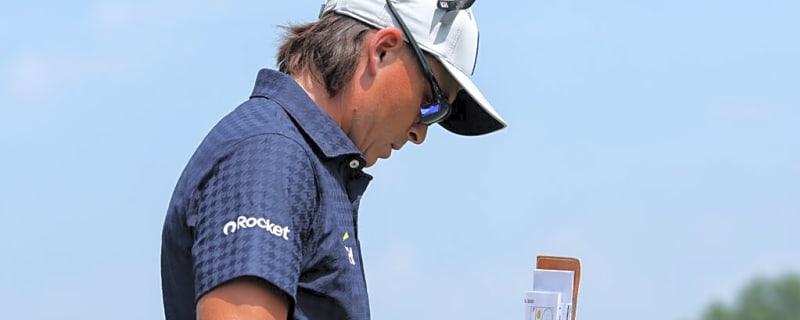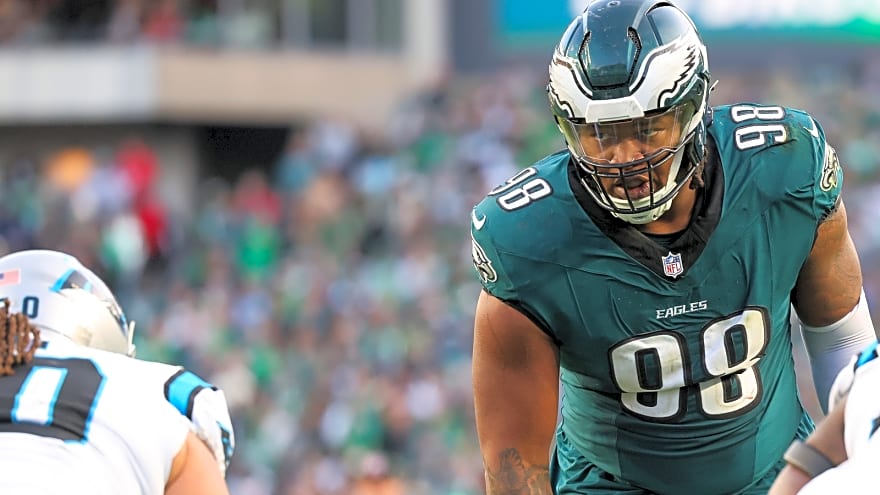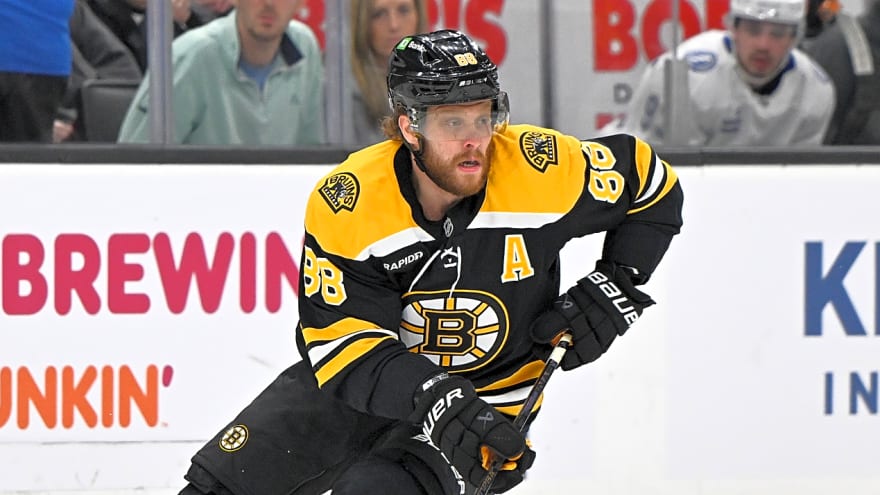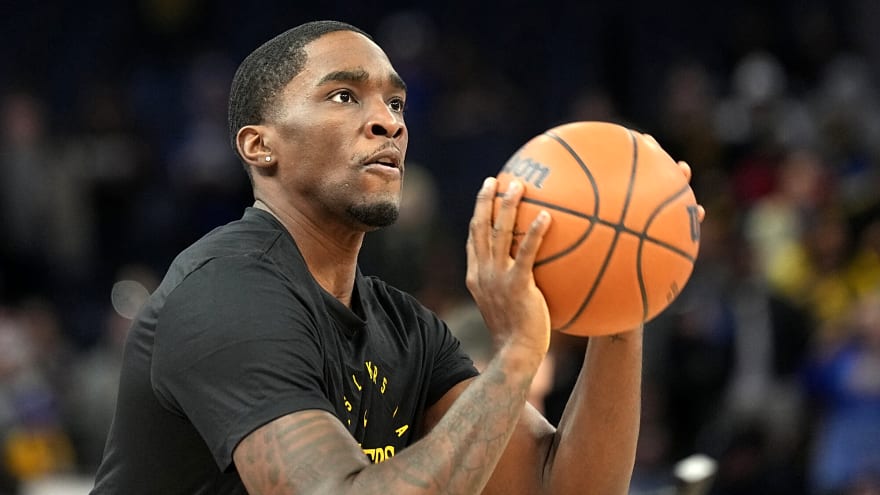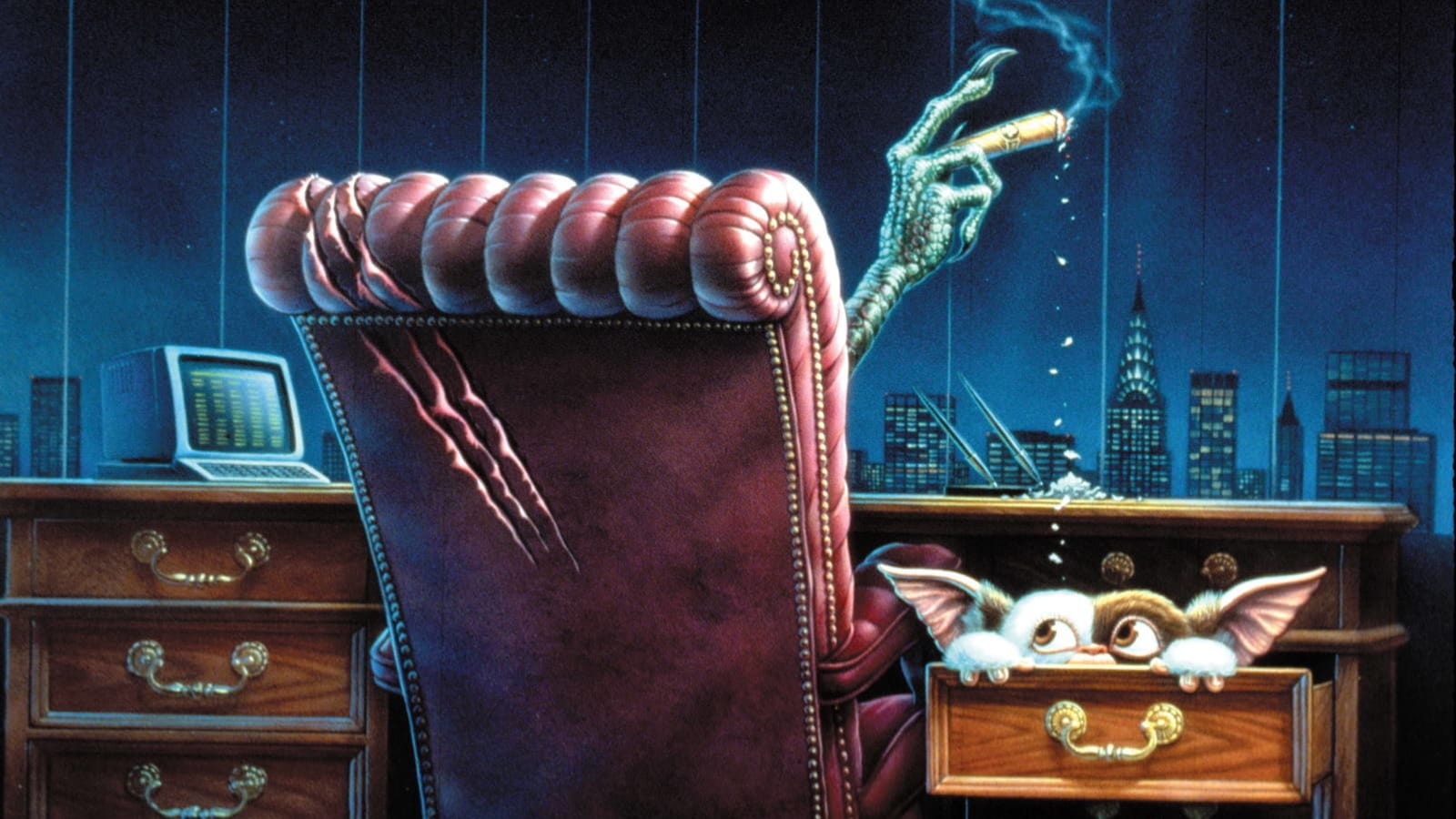
How "Gremlins 2: The New Batch" was the last gasp of auteurist madness in Hollywood
Thirty years ago, Hollywood studios were still in the dark ages when it came to capitalizing on their most commercially viable intellectual property.
In human-speak, they sucked at making sequels.
For every competently managed franchise like “Star Wars," Indiana Jones or “Lethal Weapon," there were ill-considered cash-ins like “The Sting 2," “Cocoon: The Return” and “Arthur 2: On the Rocks." The studios’ “problem” was that they weren’t green-lighting every film with an eye toward a sequel. They were obsessed with high-concept blockbusters but less concerned with how, say, “Top Gun” might launch a series and, potentially, a spinoff adventure for Iceman and an origin yarn featuring Maverick’s pop and Viper.
So when a movie became a hit, they were often caught flat-footed. What now?
“Gremlins” exemplifies this predicament. Based on a spec script by Chris Columbus, the Steven Spielberg-produced horror-comedy captured moviegoers’ fancy with its adorable “mogwai” Gizmo, whose care is contingent on three rules: Don’t get him wet, don’t expose him to bright light (especially sunlight, which will kill him) and never, ever feed him after midnight. Of course, all three rules are broken in the first act, which leads to the spawning of the mischievous/murderous title monsters.
To the surprise and delight of Warner Bros., “Gremlins” wound up being the fourth-highest-grossing film of 1984; it also created the exact merchandising windfall spoofed in the movie. The studio obviously wanted a sequel ASAP. There was just one problem: The film’s visionary director, Joe Dante, wanted no part of it.
Dante was not your typical on-the-make director of that period. He was a walking encyclopedia of movie history who knew precisely how the studio intended to use him. Rather than squander his newfound cachet on more of the same, Dante made three hugely inventive originals — “Explorers, “Innerspace” and “The ‘Burbs” — that established him as a sardonic Spielberg. Dante loved the same sci-fi flicks and monster movies that his dream-weaving contemporary grew up on, but he viewed nostalgia as an easily commodified dead end. He considered the times that spawned these fantastic flights of pop culture and tweaked viewers for their warm-blanket memories of a less tolerant era — while also taking the piss out of the ‘80s mindless machismo and crass consumerism.
Unfortunately, Dante’s trio of post-“Gremlins” films failed to catch fire at the box office, so acceding to WB’s pleas for a sequel wasn’t the worst idea. Furthermore, given that the studio had no clear idea for a follow-up save for “more," Dante, even coming off three commercial disappointments, had them over a barrel. So the studio granted him complete creative control for “more,” and he ran with it.
The first film left the door wide open for a sequel with the elderly shopkeeper (Keye Luke) informing Billy Peltzer (Zach Galligan), “Perhaps some day, you will be ready. Until then, mogwai waits.” But no one left the theater eager for the further adventures of Billy and Gizmo. Getting the Gremlins into an environment where they could wreak maximum havoc was the key, and the smart building of Daniel Clamp (John Glover), an affably megalomaniacal hybrid of Ted Turner and Donald Trump, gave Dante all manner of possibilities. The skyscraper housed offices, restaurants, TV studios… it was a billionaire shut-in’s dream. It was also a buggy structure vulnerable to mischief, which made it the perfect playground for the Gremlins. And Dante.
Dante’s gamble with “Gremlins 2: The New Batch” was that audiences were just as tired of rehashed sequels as he was, so why not go for broke and give ticket buyers a razzle-dazzle orgy of non-stop chaos? Dante’s model-for-madness was H.C. Potter’s 1941 film adaptation of Ole Olsen and Chic Johnson’s “Hellzapoppin’," an anything-goes olio that kicks down the fourth wall and casts narrative coherence to the wind. He gave free rein to Hollywood’s king of creature creation, Rick Baker, and the maestro responded with a wild assortment of mogwais and gremlins that referenced the entirety of film history (from Lon Chaney’s “The Phantom of the Opera” to Tim Burton’s “Batman”).
WB got its money’s worth. Moment to moment, “Gremlins 2” packs the frame with so much activity you’ll be discovering brilliant throwaway gags on your sixth viewing. It mercilessly lampoons the first film (itself an anti-consumerist broadside), the play-the-hits mentality of sequels (most acutely via Phoebe Cates’ President's Day monologue, an absurd callback to her genuinely horrifying Christmas remembrance from the original), Ted Turner’s colorization crusade (“’Casablanca’ now in color and with a happier ending”), bizarre culinary trends (the Canadian restaurant that serves “chocolate moose” and pipes in Gordon Lightfoot songs) and America’s worship of wealthy white men. (Clamp’s bestselling “I Took Manhattan” is clearly modeled after Trump’s “The Art of the Deal.")
There’s also a scene where a gremlin accosts ex-NFL star and Miller Lite pitchman Dick Butkus at a salad bar, and ex-NFL star and Miller Lite pitchman Bubba Smith attempts to rescue him. That a) there’s zero setup for this, and b) these guys were as out-of-date as Clara Peller when it came to hawking product makes the throwaway scene even funnier.
Alas, moviegoers were not in the market for pop culture anarchy in 1990. “Gremlins 2: The New Batch” opened to a disappointing $9.7 million dollars over the June 15 weekend, finishing fourth behind “Dick Tracy," “Another 48 Hrs.” and “Total Recall." Much was made of “Gremlins 2” arriving six years after the original, but “Another 48 Hrs.," an overproduced slog starring a disengaged Eddie Murphy and a sleepy Nick Nolte, was eight years in the making. It was everything Dante was railing against, and yet despite poor reviews, it grossed $80 million domestically, while “Gremlins 2” topped out at $41 million.
Would Dante’s sequel — the “medley of my hit” as he likes to call it — have fared better had it not gone head-to-head with the summer’s most heavily hyped blockbuster in “Dick Tracy”? Marginally perhaps, but the film still had a huge problem: It treated moviegoers with too much respect.
Dante didn’t want to patronize his audience with lazy fan service and mythmaking; he wasn’t interested in the origin story of the mogwai, nor did he want to explore the Peltzer family bloodline. He just threw a big-screen party that, unfortunately, had limited appeal at the time. Thirty years later, self-professed film geeks would embrace the Easter egg hunt quality of the movie, but there’s not a chance in hell WB would OK a fourth-wall breaking concept like the gremlins taking over the projection booth and plugging in a DCP of Pitof’s “Catwoman."
The green-lighting of “Gremlins 2: The New Batch” in 2020 would be contingent on a three-movie arc, an expanded Gremlins universe, a TV series — all of which is probably in play for WB right now as it toys around a reboot of the property. It’s a corporate, by-committee nightmare that Dante saw coming (and had to deal with on subsequent productions like “Small Soldiers”). When you bring your precious mogwai of an idea to a movie studio in this day and age, you better be ready to turn it into a gremlin.
More must-reads:
- The best ‘90s commercials you probably forgot about
- Influential early satirical songwriter Tom Lehrer dead at 97
Breaking News
Trending in Entertainment
Customize Your Newsletter
 +
+
Get the latest news and rumors, customized to your favorite sports and teams. Emailed daily. Always free!
TODAY'S BEST

Shedeur Sanders gets new chance after Browns QB injury
Shedeur Sanders has been working with the Cleveland Browns' equipment staff as the No. 4 quarterback this summer. He'll have a new opportunity following the troubling injury news for Kenny Pickett. Per Adam Schefter of ESPN, Pickett suffered a hamstring injury during Saturday's practice and will not receive reps until his issue is re-evaluated. "Browns QB Kenny Pickett injured his hamstring near the end of Saturday’s practice and is expected to re-evaluate the injury later this week, per sources," Schefter posted on X. "Pickett was coming off a strong couple of practices, per sources, and at least for the short term, there now will be more reps for Joe Flacco, Dillon Gabriel and Shedeur Sanders. Pickett's injury will shake up the quarterback race in Cleveland. Through OTAs and early in training camp, Sanders has been the odd man out as the only signal caller on the roster not to receive reps with the first-team offense. It's unclear if the Browns coaching staff intends to give Sanders reps with the first-team offense now that Pickett is sidelined, but the fifth-round pick will have more chances this week to prove that he deserves an opportunity to stay in Cleveland. The Browns are in a unique situation with their rookie quarterbacks. Third-round pick Dillon Gabriel was selected before Sanders, but the son of Deion Sanders fell to Day 3 of the draft for reasons other than talent. The majority of draft analysts had Sanders as a better-graded quarterback than Gabriel, and many thought the Colorado product would be taken in the first round. The Browns can use the injury as an excuse to give Sanders reps with the first team, and it's a task they need to take advantage of before the team names a starter. Sanders has the potential to be a starter in the league, and this week is pivotal for his rookie season in Cleveland.
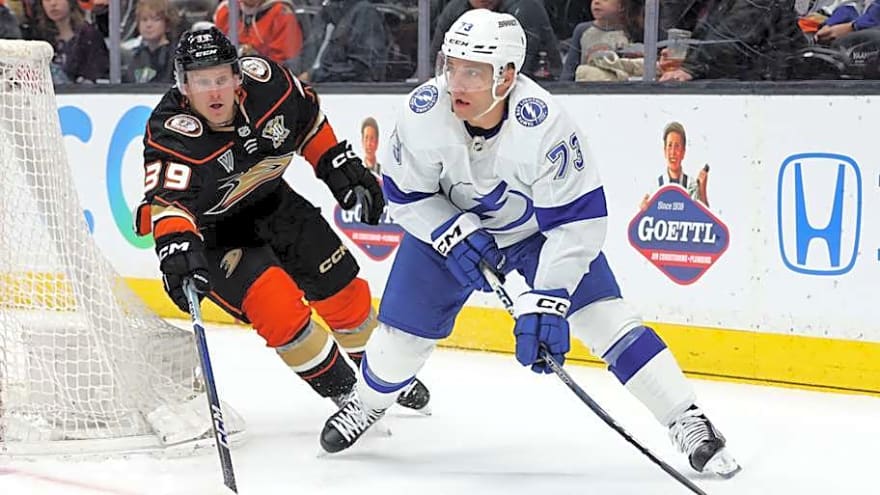
Rangers Sign Former Stanley Cup Champion to Tryout Agreement
The New York Rangers are adding to their forward depth ahead of their upcoming training camp. The Rangers are entering a new chapter of their organization under new head coach Mike Sullivan. After missing the postseason last year, the organization is trying to rebound and respond accordingly in 2025 and 2026. Former Stanley Cup champion forward Conor Sheary is the latest player to join the new-look Rangers. The veteran forward agreed to a professional tryout agreement (PTO) with the club and will look to earn an NHL deal with his performance in training camp and the preseason. Sheary is a veteran of 593 NHL games. Originally an undrafted free agent, he signed with the Pittsburgh Penguins after completing his collegiate career. Following a year with the Penguins' AHL affiliate, he forced his way onto the NHL squad after posting 36 points in his first 30 games of the 2015-2016 season at the AHL level. His debut NHL season went better than ever expected, and he was a key part of the Penguins' lineup that won back-to-back Stanley Cups in 2016 and 2017. Sheary's coach at the time, both at the AHL and NHL levels, was Mike Sullivan. Now, he'll get the chance to reunite with the coach under whom he won two championships. In addition to playing for the Penguins, Sheary has played for three other NHL franchises. The Pens dealt him to the Buffalo Sabres before the 2018-2019 campaign, but he would return to Pittsburgh the following season at the trade deadline. After his second stint with the Penguins, he joined the Washington Capitals. He played three seasons in Washington, D.C. before landing with the Tampa Bay Lightning, where he spent the past two years. Over his 593 career games, he's compiled 124 goals and 143 assists for 267 points. His best NHL season came during the 2016-2017 campaign, his second in the league. He scored 23 goals and added 30 assists for 53 points in 61 regular-season games.

All signs point to Yankees moving on from Anthony Volpe
With the trade for Ryan McMahon now complete, it would seem New York Yankees’ general manager Brian Cashman has fulfilled one of his three priorities. He can now cross third base off the list, which leaves the rotation and bullpen as his remaining priorities. However, according to one Yankees writer, Cashman might not be done with the infield. Chris Kirschner of The Athletic reported this after the McMahon trade: “The Yankees may not be done adding to their infield. A team source said the Yankees are interested in adding a right-handed hitter who could play the infield.” Kirschner adds that the Yankees have had interest in Willi Castro and Amed Rosario. But the question now is, how would another player fit into the Yankees’ infield? Needless to say, Paul Goldschmidt and Jazz Chisholm Jr. aren’t going anywhere, and McMahon is just getting there. That leaves the low-hanging fruit. Anthony Volpe has been at the center of controversy all this season. His 13 errors, many of which had come at make-or-break moments, amount to the second-highest total in the game. In addition, his bat has not been able to compensate, hitting .217/.288/.408 with 14 home runs. There was always a lot to like about Volpe. He won a Gold Glove in his rookie year, his power has always been promising and his speed is nothing to scoff at. Unfortunately, his glove has become a liability, and his speed has also produced very few results. Volpe has swiped just 10 bags in 17 attempts. His power is the one thing that still has some upside, but it hasn’t been enough to justify a spot in the lineup. Both Castro and Rosario have been far more productive at the plate this season than Volpe. Kirschner doesn’t clarify how serious the Yankees are in their pursuit of another infielder, but that most likely isn’t available information. Having just turned 24, Volpe could still become the type of player that was expected from him as a top prospect. However, his recent performance has weighed heavily on his team’s efforts, and it may be buying him a ticket out of the Bronx — or at least a spot on the bench.
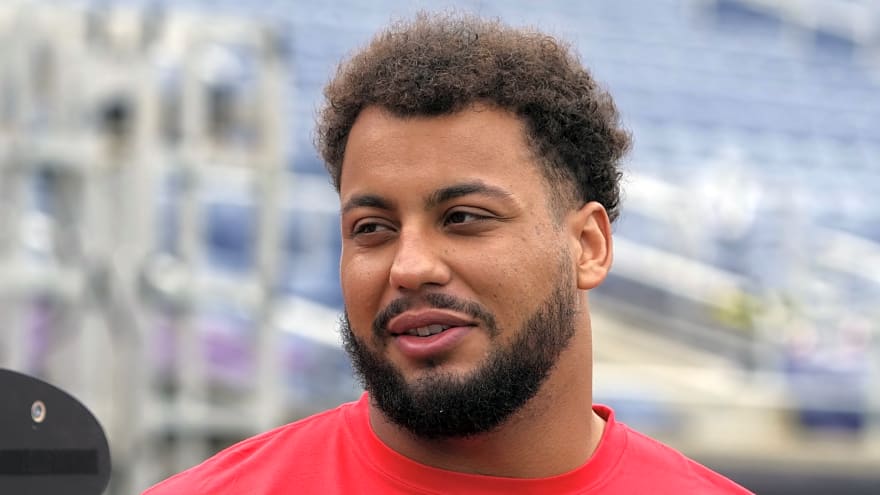
Two-time Pro Bowler's record-breaking extension should make Chargers HC Jim Harbaugh happy
Los Angeles Chargers head coach Jim Harbaugh loves offensive linemen. The coach said, "We look at offensive linemen as weapons," after facing criticism for taking right tackle Joe Alt instead of wide receiver Malik Nabers (now with the New York Giants) during the 2024 NFL Draft. Unsurprisingly, the Chargers are keeping Harbaugh's arsenal stocked. Los Angeles and left tackle Rashawn Slater agreed to a four-year, $114M contract extension Sunday, via ESPN's Adam Schefter. The deal includes $92M guaranteed, making him the highest-paid O-lineman in NFL history. Slater, 26, had been working to the side at training camp instead of practicing with the team since July 18. Harbaugh has used a smashmouth offense throughout his career. During the 2024 season, the Chargers tied for the league's 11th-most rushing attempts (463). L.A. will probably continue to lean heavily on its ground attack this season. It signed running back Najee Harris in free agency and grabbed North Carolina RB Omarion Hampton (pick No. 22) in the 2025 draft. Harris is on the non-football injury list because of an eye injury suffered during a fireworks accident on July 4. Keeping O-linemen who suit the run-heavy scheme is critical. Per Pro Football Focus, Slater posted an 82.8 run-blocking grade in 15 regular-season games last season, the fifth-best mark at his position. The two-time Pro Bowler is also excellent at protecting quarterback Justin Herbert. The Northwestern product has allowed just 11 sacks since the Chargers selected him with pick No. 13 in the 2021 draft (via PFF). The only concern about Slater is his injury history. He missed 14 regular-season games during the 2022 season because of a left biceps tear and battled ankle and pectoral injuries over the past two seasons. If Slater stays healthy, the Chargers should have one of the best O-lines in the NFL. PFF's Zoltan Buday ranked the unit No. 10 in the league in a story published July 7. That should make Harbaugh smile.
